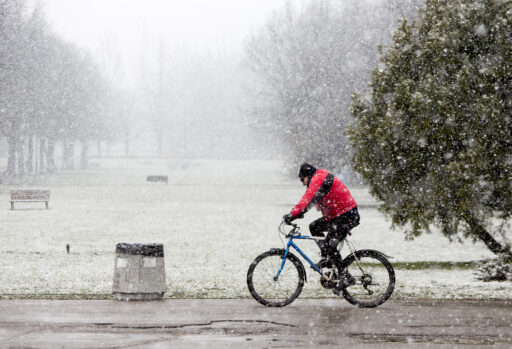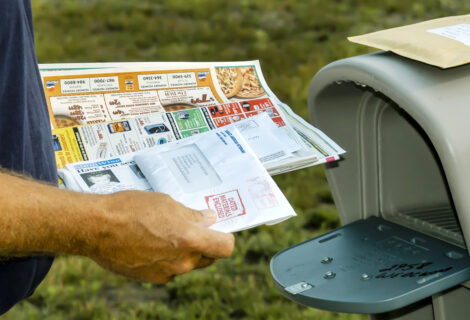Tips For Winter Biking
Since moving to Sweden, we’ve adopted biking as our main form of transportation, as most Swedes do. When winter snow arrived, we considered giving up biking. However, we noticed many people continuing to bike. We decided to join them! With a bit of research, we learned that with suitable cycling equipment and bodily protection, darkness, cold, and slippery conditions need not be obstacles to pedaling during the winter months.

Here are our best tips for smooth and safe cycling during the winter:
1. DRESS APPROPRIATELY
Keep your body toasty and warm by choosing garments that protect you from wind and moisture. Saddle covers protect your saddle from rain and snow and keep your bottom warm. Wear a thin cap under your helmet to shield your head from cold winds, and use shoe covers for toe protection. The key is choosing comfortable clothing. We also recommend covering your mouth with a scarf.
2. SWITCH TO STUDDED TIRES – IF YOU WANT TO
Studded tires aren’t mandatory, but we found that cycling with studs feels safer. When it comes to biking, your sense of safety is key! With studded tires, it’s possible to cycle faster on slippery surfaces. If stability is your aim, switching to a studded front tire is crucial; however, opting for both wheels is even better. You can change the tire yourself or take it to a workshop.
If you are going to cycle a lot in snow, wide tires help. A mountain bike or fat-tired bike makes an excellent winter alternative to a road bike.
3. MAKE SURE TO BE SEEN IN THE DARK
Whenever we’re biking or walking, we wear reflector vests to ensure we can be seen in the dark. We also use our bicycle lights as nighttime approaches rather than waiting for complete darkness.
It’s recommended to have reflectors on the back, front, and sides of the bike as well as a flashing red light on the back. Double-check that your bicycle light is working and has fresh batteries before heading out.
Rechargeable LED lights are the most practical; you don’t have to change the batteries, and if the light goes out on your way to work, you can charge it before your journey home.
4. CHECK BRAKES AND CHAIN
Always be sure your brakes are working well before you roll out in the winter. Brakes don’t work as well in wet conditions, and the rubber in the brake pads can deteriorate when it’s cold. Brake cables can be adversely affected by frost.
5. KEEP YOUR BALANCE
Slick roadways are challenging when biking in snow. Turning sharply or breaking may cause your bike to skid. Be sure to avoid sharp turns and brake in good time. Keeping a steady and calm speed ensures you’ll keep your balance and avoid rollovers.
Be sure to watch for other slippery surfaces! Wooden bridges, wet leaves, smooth stone surfaces, and metal structures such as manhole covers can become slippery in winter. We have also noticed that the white parts of a crosswalk tend to be slippery. In cities with trams, you also need to be extra careful when cycling over the tracks. If your municipality sands the bike paths, there is a risk that the bike will instead slide into the gravel when the snow and ice melt. Please advise your municipality about salting the cycle paths instead!
Here and here are some more biking posts
Learn more about how our family of five live zero waste and save $18,000 a year as a result in our book “A practical guide to zero waste for families”









